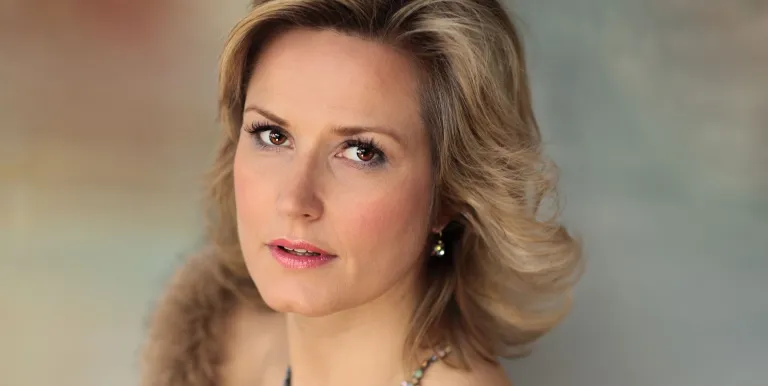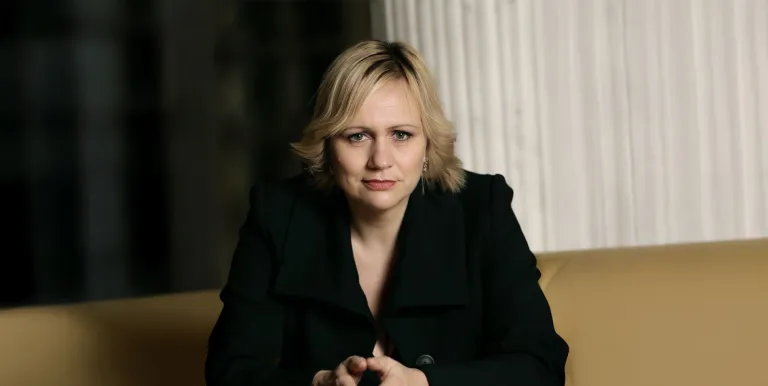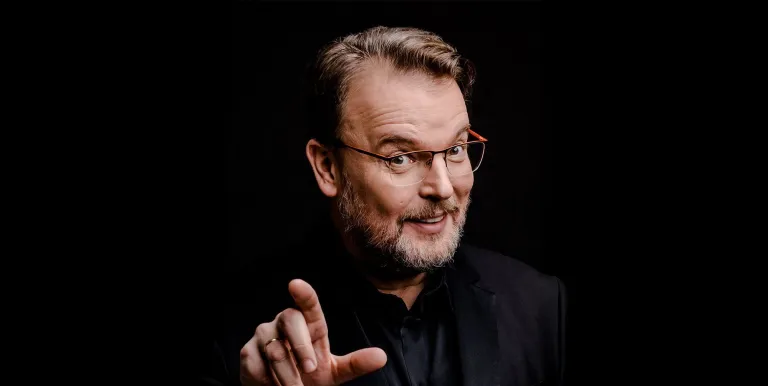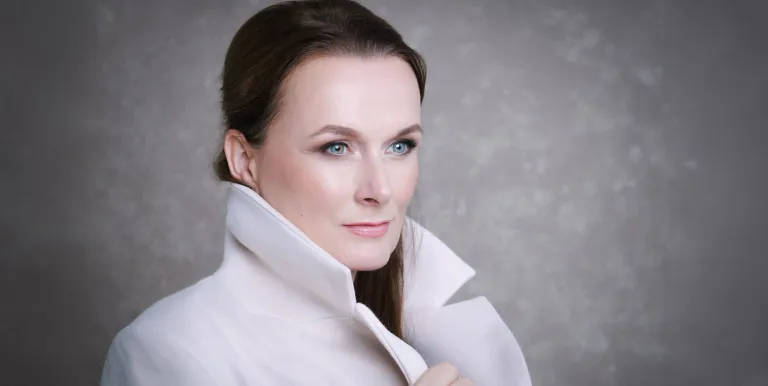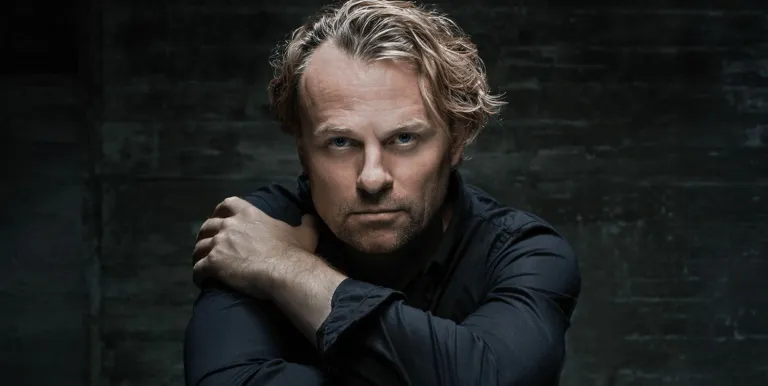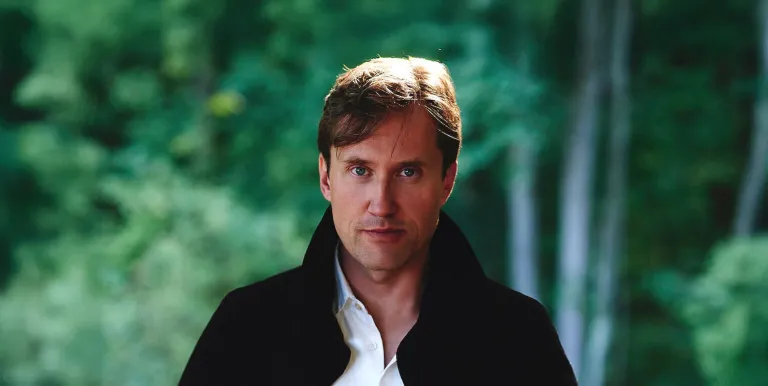one interval
Featuring:
Sibelius
Kaiutar (The Echo Nymph), op. 72, No. 4
Sibelius
Säv, säv, susa (Reed, Reed, Rustle), op. 36, No. 4
Sibelius
Demanten på marssnön (The Diamond on the March Snow), op. 36, No. 6
Sibelius
Var det en dröm? (Was it a Dream?), op. 37, No. 4
Sibelius
Arioso, op. 3
Sibelius
Flickan kom ifrån sin älsklings möte (The Girl Returned from Meeting Her Lover), op. 37, No. 5
Sibelius
Svarta rosor (Black Roses), op. 36, No. 1
Mahler
Des Knaben Wunderhorn
- Wo die schönen Trompeten blasen (Where the Fair Trumpets Sound)
- Das irdische Leben (The Earthly Life)
- Urlicht (Primeval Light)
- 'Wer hat dies Liedlein erdacht?' (Who Thought up this Song?)
- 'Verlor'ne Müh!' (Labour Lost)
- Scheiden und Meiden (Farewell and Forgo)
Wagner
Wesendonck Lieder
- Der Engel (The Angel)
- Stehe still (Be Still)
- Im Treibhaus (In the Greenhouse)
- Schmerzen (Sorrows)
- Träume (Dreams)
R. Strauss
Heimliche Aufforderung (The Secret Invitation), op. 27, No. 3
R. Strauss
Die Georgine (The Dahlia), op. 10, No. 4
R. Strauss
Die Verschwiegenen (Silent Flowers), op. 10, No. 6
R. Strauss
Freundliche Vision (Pleasant Daydream), op. 48, No. 1
R. Strauss
Ich liebe dich (I Love You), op. 37, No. 2
R. Strauss
Cäcilie, op. 27, No. 2
It is always important - even critical - to know a little about the typical activities that make up an artist's life. On the other hand, the things that belong in the "atypical” category can also be thrilling and titillating. After all, who wouldn't be intrigued by Victor Hugo's drawings and watercolours? The situation is similar when we listen to the songs written by Hugo's German contemporary, Wagner.
Richard Wagner marched into music history as the seminal master of the music drama. In terms of sound, the resources needed to perform it, complexity and certainly length, this genre is always a grandiose one. This, more than any other, is Wagner's very own world, one of monumental proportions. But Wagner also wrote songs! But what are they like? What means will the Master find to employ the human voice when he's not writing for a soprano blasting through a huge brass-fortified orchestra from a giant stage, but for a single voice on a small podium, accompanied by a lone piano as she sings of intimate emotions? Getting to know Wagner's songs and assessing what techniques he adopts from his contemporaries and how he differs from them can be an exciting journey of discovery. When a recital of Wagner's songs also includes works by other 19th century composers, the experience is even more intense.
Our guide, Finland's Camilla Nylund, is very much at home in the Wagnerian repertoire and has appeared at the Budapest Wagner Days before: her portrayal of Elsa in the 2011 production of Lohengrin was a memorable one. Her partner, German pianist Helmut Deutsch, is one of today's leading accompanists in the genre of song and another returning guest at Müpa Budapest, having joined Jonas Kaufmann at the tenor's unforgettable song recital in June 2016.
More information about the Budapest Wagner Days here.
Presented by: Müpa Budapest

Interjú
Korszakváltás fokozatosan
Rajna Martin, a Magyar Állami Operaház első karmestere és a Luxemburgi Filharmonikus Zenekar főzeneigazgatója társ-művészetivezetőként csatlakozik a jövőre húszéves Budapesti Wagner-napokhoz.
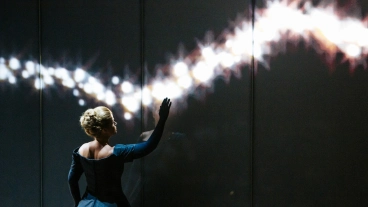
Jegyzet
Wagner-hősök nyomában
Miért nem veszi észre a naiv Siegfried az ellene szövődő ármányt, és miért kell Sentának meghalnia a bolygó hollandiért? Nézzünk egy kis Wagner-hőstipológiát a karakterek jobb megértése érdekében!
-
We wish to inform you that in the event that Müpa Budapest's underground garage and outdoor car park are operating at full capacity, it is advisable to plan for increased waiting times when you arrive. In order to avoid this, we recommend that you depart for our events in time, so that you you can find the ideal parking spot quickly and smoothly and arrive for our performance in comfort. The Müpa Budapest underground garage gates will be operated by an automatic number plate recognition system. Parking is free of charge for visitors with tickets to any of our paid performances on that given day. The detailed parking policy of Müpa Budapest is available here.

